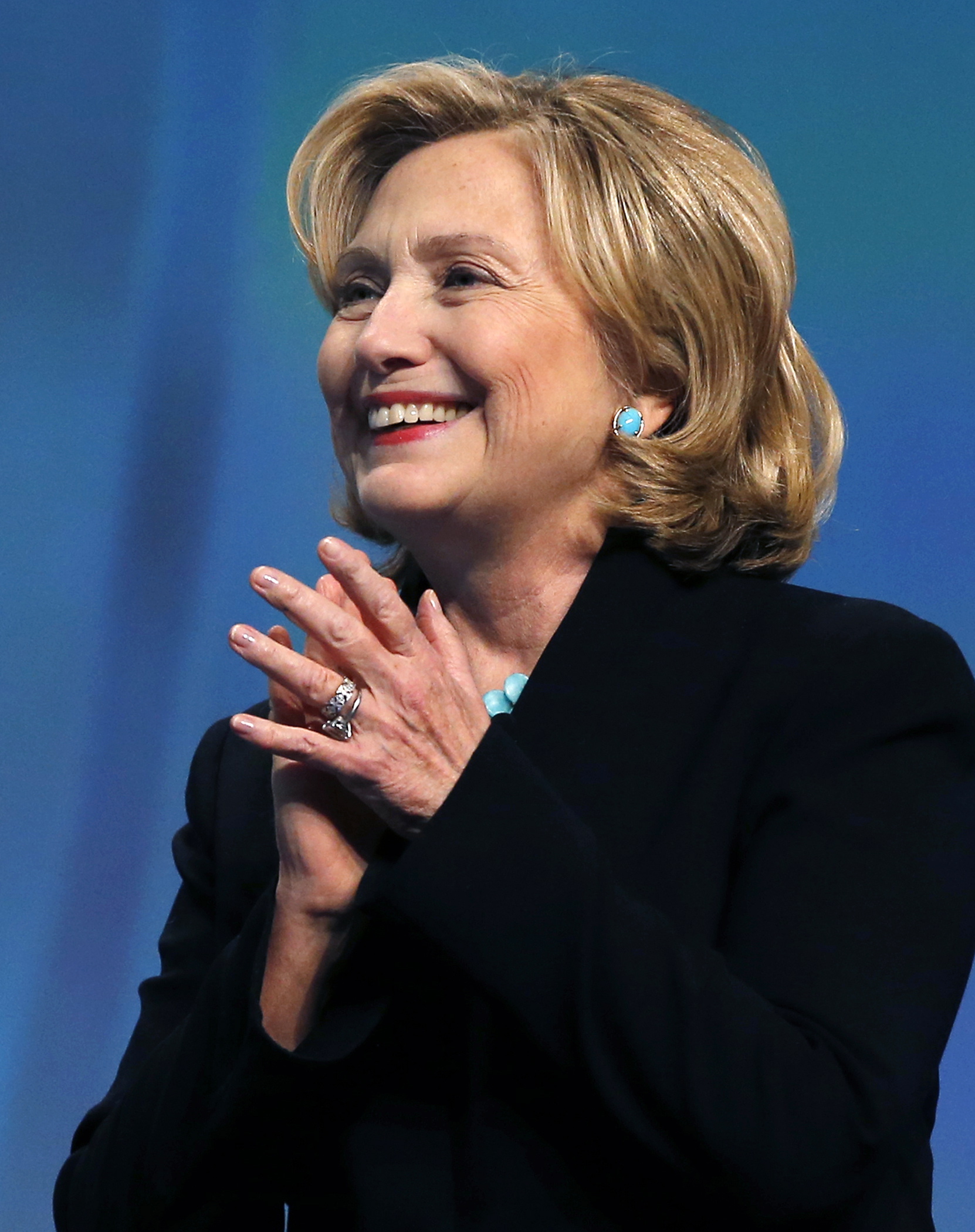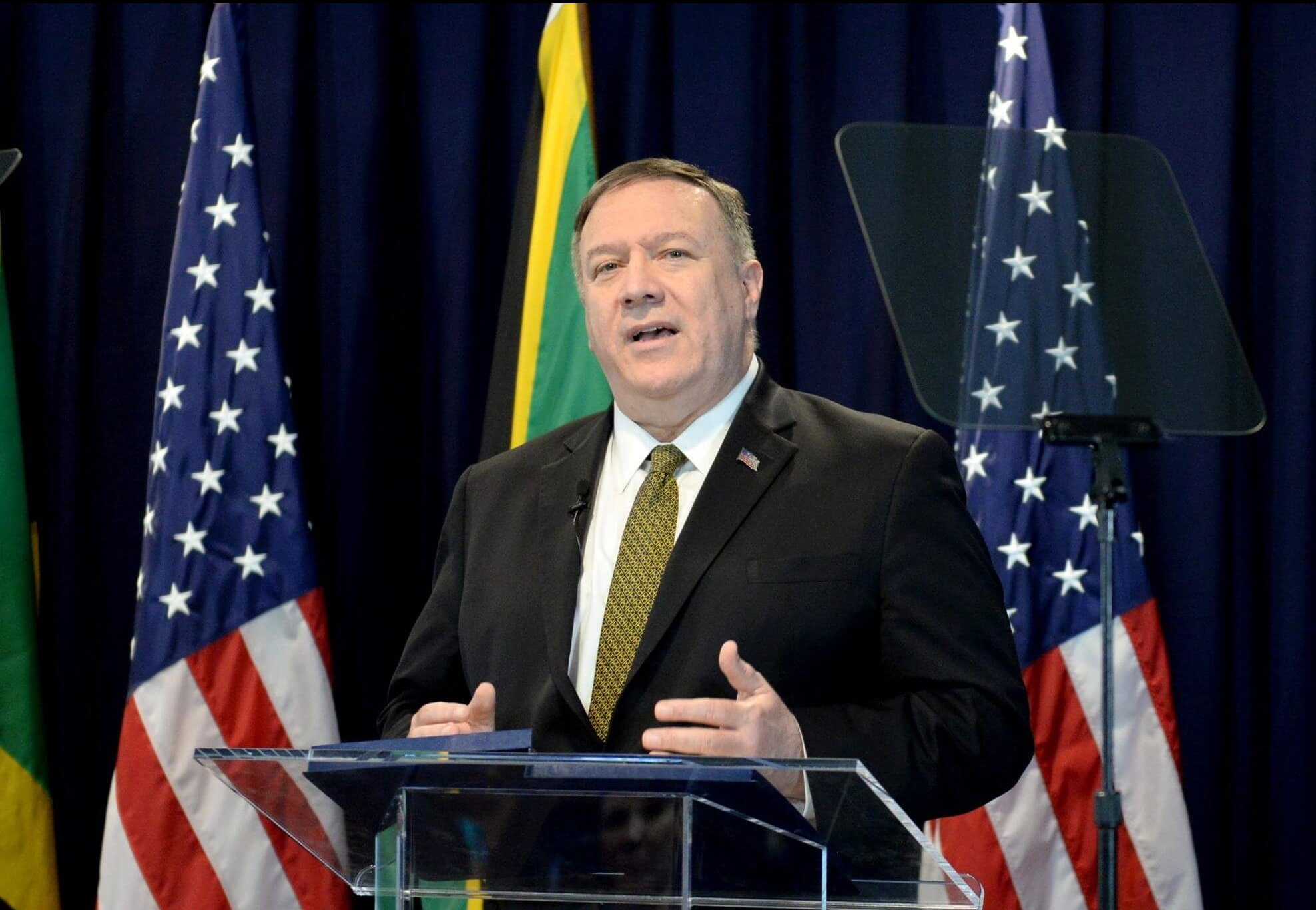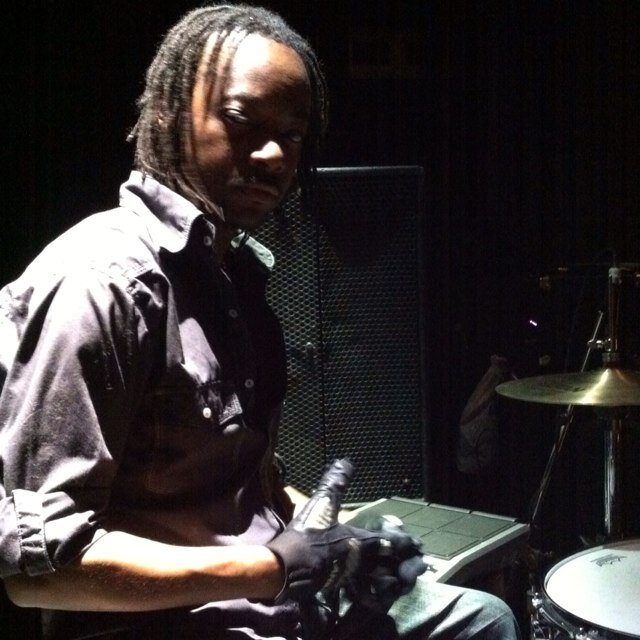Clinton’s second act: The long, deliberate process that led her to run for president again
By Julie Pace
THE ASSOCIATED PRESS

WASHINGTON _ Hillary Rodham Clinton spent nearly two years tiptoeing around a decision to run for U.S. president that much of the political world assumed was a done deal.
Clinton didn’t make a final call until the holidays. She spent her annual Christmas vacation last year in the Dominican Republic wading through 500 pages of memos and polling analysis, and discussing the material with her husband, former two-term President Bill Clinton.
When Clinton returned to New York in the new year, there was no meeting with staff or email to friends to announce her candidacy. The former senator and secretary of state simply started telling advisers to move forward with hiring and find a campaign headquarters.
Clinton, 67, formally launched her campaign Sunday in an online video, cementing her status as the leading contender for the Democratic presidential nomination.
To Clinton’s critics, her campaign is the calculated next act in a master plan she’s crafted with her husband.
Clinton friends bristle at that depiction. Interviews with nearly 20 people who have spent significant time with Clinton in recent years reveal a decision-making process that was slow, almost painstakingly deliberate, a reflection of Clinton’s methodical and cautious nature. Some of those interviewed requested anonymity in order to speak candidly about their private conversations with Clinton.
Clinton didn’t shut down talk of another White House run after she left the State Department in early 2013, but she wasn’t ready to jump back into presidential politics either. After returning to private life for the first time in more than two decades, Clinton told people that her main goals were to “walk, sleep and eat.”
Last summer, Democratic officials told Clinton that if she was even considering running for president, she needed to hit the campaign trail for her party during the midterm elections. President Barack Obama was considered politically toxic, but candidates were clamouring to appear alongside the woman they hoped would be their party’s next leader.
Clinton would headline 45 events for 26 candidates. More than half lost.
The Democratic defeats proved clarifying for Clinton. She concluded that the party had run scared, done little to defend its accomplishments on the economy and health care, and failed to articulate what it wanted to do in the future.
Clinton plunged into discussions about her own potential campaign and sought to answer the questions she felt Democrats had ignored during the midterms. She convened long economic discussions that centred on income inequality and the widening achievement gap. Foreign policy experts gave her their diagnosis of pressing problems in the Middle East and with Russia. Clinton took hand-written notes and stockpiled multi-page memos.
“She wanted to be satisfied that she had a set of policies and ideas that could really make a difference for people and she had a theory of change to get them done,” said John Podesta, her new campaign’s chairman. “She went pretty deep.”
The political data Clinton consumed underscored the demographic advantages the Democratic Party has built up among Hispanics, African-Americans and women. Clinton seeks to pick off 1 or 2 per cent more of the white vote and women than Obama did.
What resonated with Clinton more than the policy papers and the polling were appeals to her sense of duty, a hallmark of her Methodist upbringing in the Midwest. She was by far the most qualified Democrat to run, supporters argued. If she didn’t run, what other Democrat could win?
“If a young Bill Clinton was out there today and she saw that and believed in that person’s ideas, character and competence, I am absolutely convinced she would not run,” said Lynn Forester de Rothschild, a longtime friend and Clinton financial backer.
There was plenty that gave Clinton pause. She grimaced at the thought of giving up her privacy again. She worried about putting Chelsea, husband Marc and their baby in the spotlight.
Clinton was also mindful of chatter that she could be challenged from her party’s liberal left flank. She set up a meeting with Sen. Elizabeth Warren, whose anti-Wall Street positions were stoking talk that she could launch her own 2016 campaign. The meeting was as much an opportunity for Clinton to gauge the mood of progressives as it was a chance to size up the seriousness of Warren’s repeated denials of a White House run.
By December, most of Clinton’s anxieties had been resolved. Her private deliberations over the holidays would put to rest her internal debate.
___
Follow Julie Pace at http://twitter.com/jpaceDC




